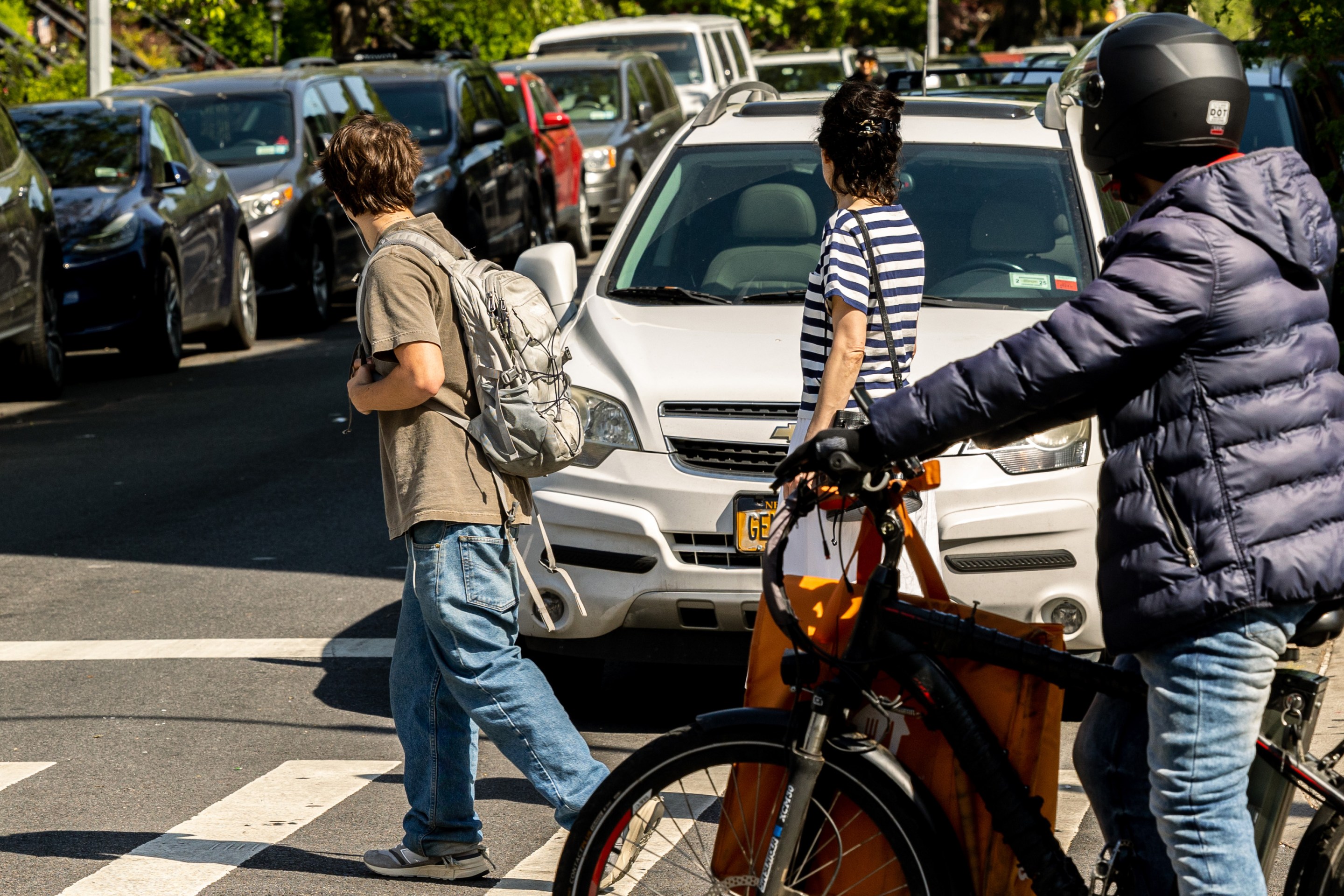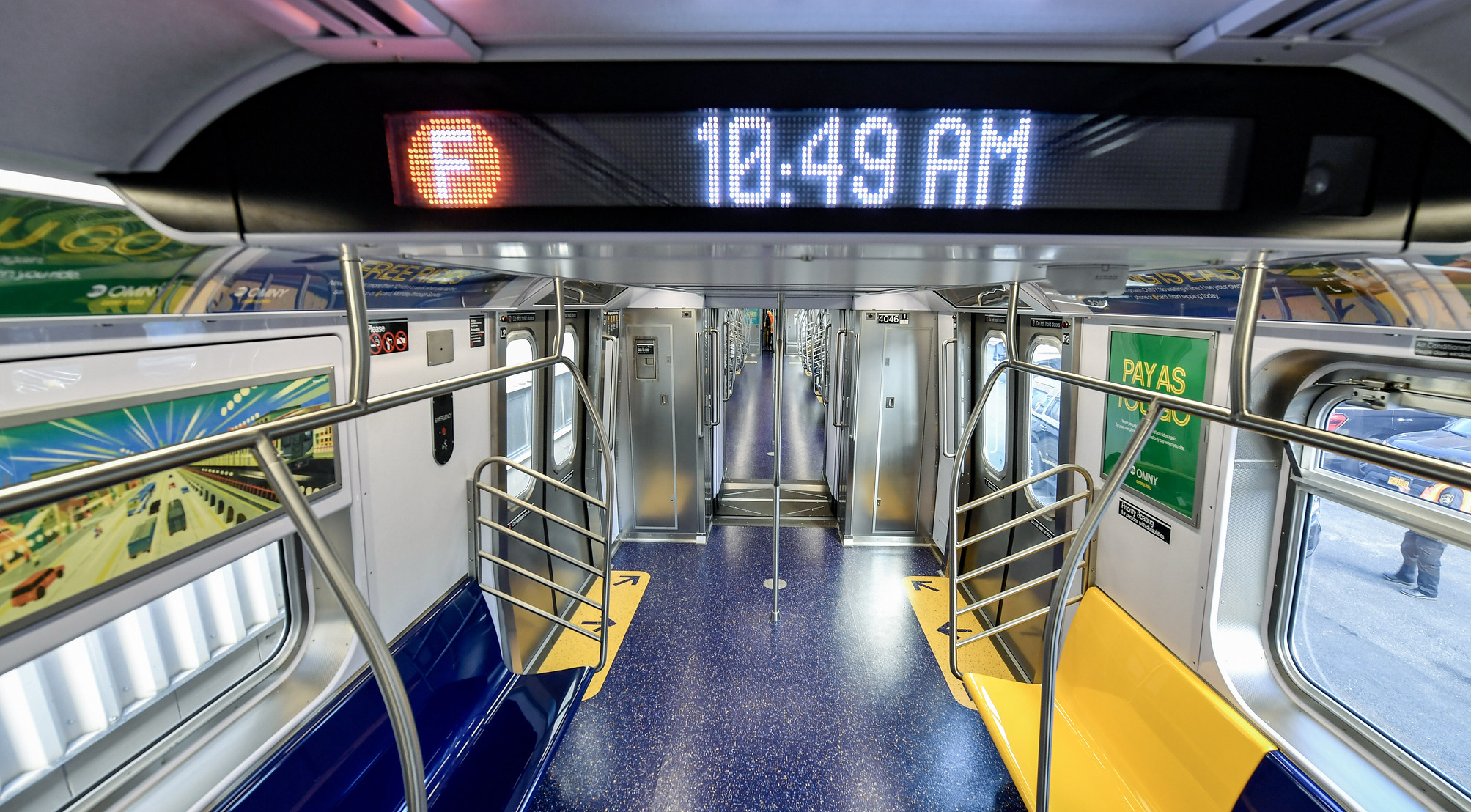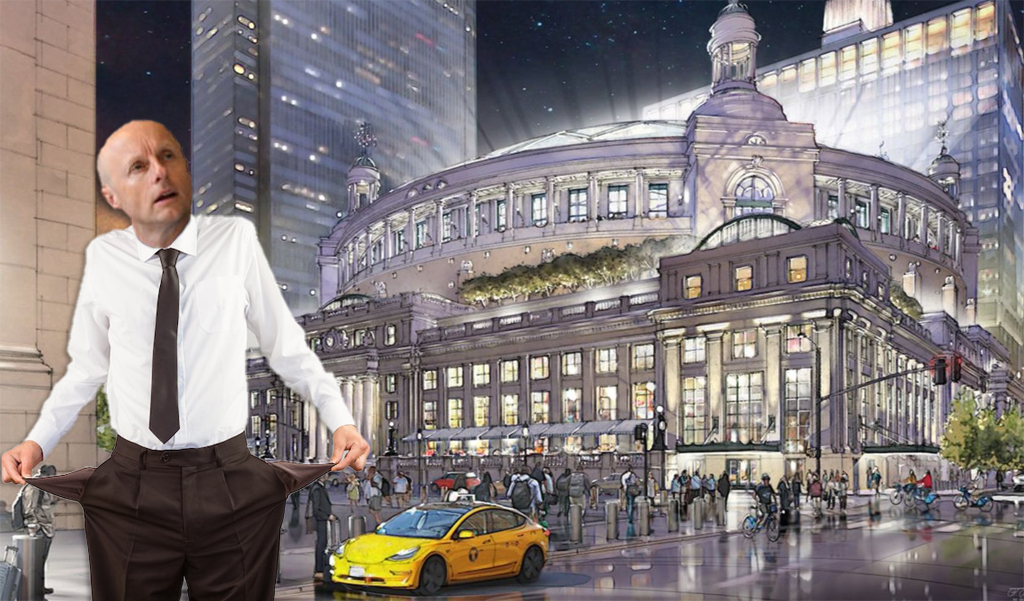
 The new plan for the Seine's left bank will transform space for highways and parking into space for people. The area outside the Musee D'Orsay will host outdoor film screenings. Image: City of Paris.
The new plan for the Seine's left bank will transform space for highways and parking into space for people. The area outside the Musee D'Orsay will host outdoor film screenings. Image: City of Paris. A few weeks ago, Paris Mayor Bertrand Delanoë announced a plan to transform his city's waterfront, closing 1.2 miles of expressway on the left bank of the Seine and slowing the highway along the right bank to the speed of a city boulevard. For an added bit of historical irony, the city's waterfront expressway is named for Georges Pompidou, the president responsible for scarring the nation's cities with highways -- the French Robert Moses, if you will.
Delanoë's plan is the latest development in an incremental transformation that's been years in the making. Soon after he became mayor in 2002, he instituted Paris Plage -- a month-long transformation of the Pompidou into a riverfront beach, complete with sand and swimming -- as a way of bringing summertime recreation to those not able to leave the city for vacation. Paris Plage was itself an expansion of the practice of giving the highway to pedestrians and cyclists for a few hours on summer Sundays. In 2006, it became "Paris Plages," as the popular beaches multiplied along the Seine.
Even this permanent highway closing isn't the final word in Paris's rediscovery of its river. "This is only a step," Denis Baupin, Paris's deputy mayor for the environment, told Time Magazine.
The politics of reclaiming so much space from the automobile -- "reconquering the Seine," in Delanoë's words -- were a lot easier thanks to the massive investment in walking, bicycling, busways, and commuter rail that Paris has made over the last decade. The Paris city council votes on the proposal in July.
More pictures below the fold:
 Parisians will have a new vantage point from which to take in the Pont Alexandre III, architectural highlight of the 1900 World's Fair. Image: City of Paris
Parisians will have a new vantage point from which to take in the Pont Alexandre III, architectural highlight of the 1900 World's Fair. Image: City of Paris Much of the reclaimed space would be converted to parkland, consistent with Mayor Delanoë's emphasis on bringing fresh air to Paris. Image: City of Paris
Much of the reclaimed space would be converted to parkland, consistent with Mayor Delanoë's emphasis on bringing fresh air to Paris. Image: City of Paris The highway along the Right Bank would be reimagined as an urban boulevard. Image: City of Paris
The highway along the Right Bank would be reimagined as an urban boulevard. Image: City of Paris




